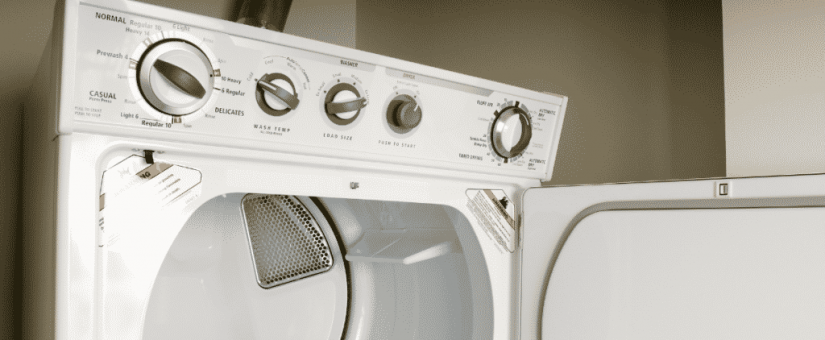
Can You Use Duct Tape on Dryer Vents?
- Posted by ziad
- On May 6, 2022
- 0 Comments
- dryer vent cleaning, duct tape
Duct Tape
Most people use duct tape when assembling various sections of the dryer vent. It helps cover the edges or screws of the vent hose, which may obstruct lint on its way out. However, there has been a debate about whether it’s OK to put duct tape on a dryer vent.
Venting guidelines
The venting guidelines recommend metal tape for securing joints on a dryer vent. Likewise, screws and rivets are discouraged, as they can obstruct lint or cause an accumulation. With this in mind, we shall look at the disadvantages of using duct tape on a dryer vent and give recommendations on the best products to use.

Disadvantages of using duct tape on a dryer vent
- A duct tape is not recommended for covering joints or edges as it can form a barrier that can cause lint to accumulate. Lint is those tiny particles that come out of the laundry from a dryer. They are expelled via the ductwork into the open environment. However, if they accumulate, it means the ductwork will not expel hot air from the dryer, and this can lower the efficiency of your equipment and increase your power bills.
- It can dry out after a long time because of changes in temperature. When this happens, it can expose small cracks or openings in the joints of your dryer vent. These small openings can be avenues for lint to escape to the walls of the building. Lint can ignite a fire when it rubs against dry surfaces, leading to the destruction of property and risk to life.
- It is extremely tacky and can turn into a mess when used on a dryer vent. Also, hot vapor from the dryer can soften the glue and make it come off.
How do you seal a dryer vent?
Instead of using duct tape for sealing your ducts, use foil tape. Foil tape is metal tape with much higher durability. Not only will it resist heat and fire, but it’s also crack-resistant. This is an essential quality you need if you have gas appliances. You can find a variety of different foil tapes at your local hardware store.


0 Comments